
Standing in the early spring woodland, I mentally calculated its wildlife value. The canopy showed many stately oaks and hickories, and gooseberries and coralberry sprung from gaps in the understory, all providing valuable wildlife foods. Several snags, or dead-standing trees, possessed woodpecker cavities, a few now too large for woodpeckers and undoubtedly occupied by squirrels, raccoons or mink. Across the forest floor, moss-covered logs showed signs an insectivore had been fervently digging in the decaying wood, and on one, a pile of cut hickory nuts revealed where a squirrel had fed while maintaining a watchful eye. A brush pile created during an invasive species removal work day provided cover for cottontail rabbits and a variety of small songbirds.

My companion turned to me and quickly deflated my joy with the simple statement: “Someone needs to clean up this woodland; it is too messy.”
Beauty is in the eye of the beholder, and in my mind, their messiness equated to woodland health, and the promise of renewal.

Managing a healthy woodland not only includes selection for valuable food plants, but providing habitat for the diversity of organisms that call dead and dying vegetation home, many of which ultimately serve as a food resource for a host of species.
Across the continent at least 85 species of birds—woodpeckers, chickadees, nuthatches, flycatchers, eastern bluebirds, screech owls, wood ducks, American kestrels and more—create or use nest cavities, with many holes eventually claimed by an estimated 300 species of organisms, including bees, lizards, treefrogs, snakes, mice, bats, tree squirrels, flying squirrels, opossums and raccoons.

Dead wood on the ground, what ecologists call course woody debris, serves multiple functions including reducing soil erosion and providing food for everything from bacteria, fungi, lichens and mosses to creatures at the top of the food chain. Atop sun-drenched logs, lizards and other cold-blooded reptiles and amphibians bask. Within the wood, an abundance of invertebrates reside, from spiders and ants to beetles tunneling into the decaying wood. Hollow logs provide cover for chipmunks, cottontail rabbits, foxes, skunks, raccoons and bobcats. Moisture retained beneath many logs provides cover for salamanders, snails, slugs and mice during hot, dry summers. Against the log, fallen leaves accumulate and decompose, enriching the soil where new woodland plants can germinate.
Wildlife utilize the vegetation as escape cover from predators or protective cover during harsh weather conditions. Ground-nesting birds, such as bobwhite quail, wild turkey, brown thrashers and a variety of sparrows, seek out the seclusion the brush provides.
A lot is happening in that messy woodland. Remove the trees you need for firewood, those that pose a risk to human health and safety and the invasive species, and value the habitat you provide by retaining snags and logs and creating brush piles. Know these habitat features provide immediate benefits to the local fauna, and ultimately enrich the soil and contribute to the renewal of a healthy woodland habitat.
Kathy Andrews Wright retired from the Illinois Department of Natural Resources where she was editor of OutdoorIllinois magazine. She is currently the editor of OutdoorIllinois Journal.





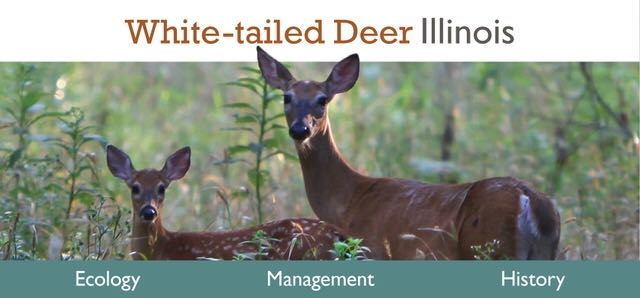
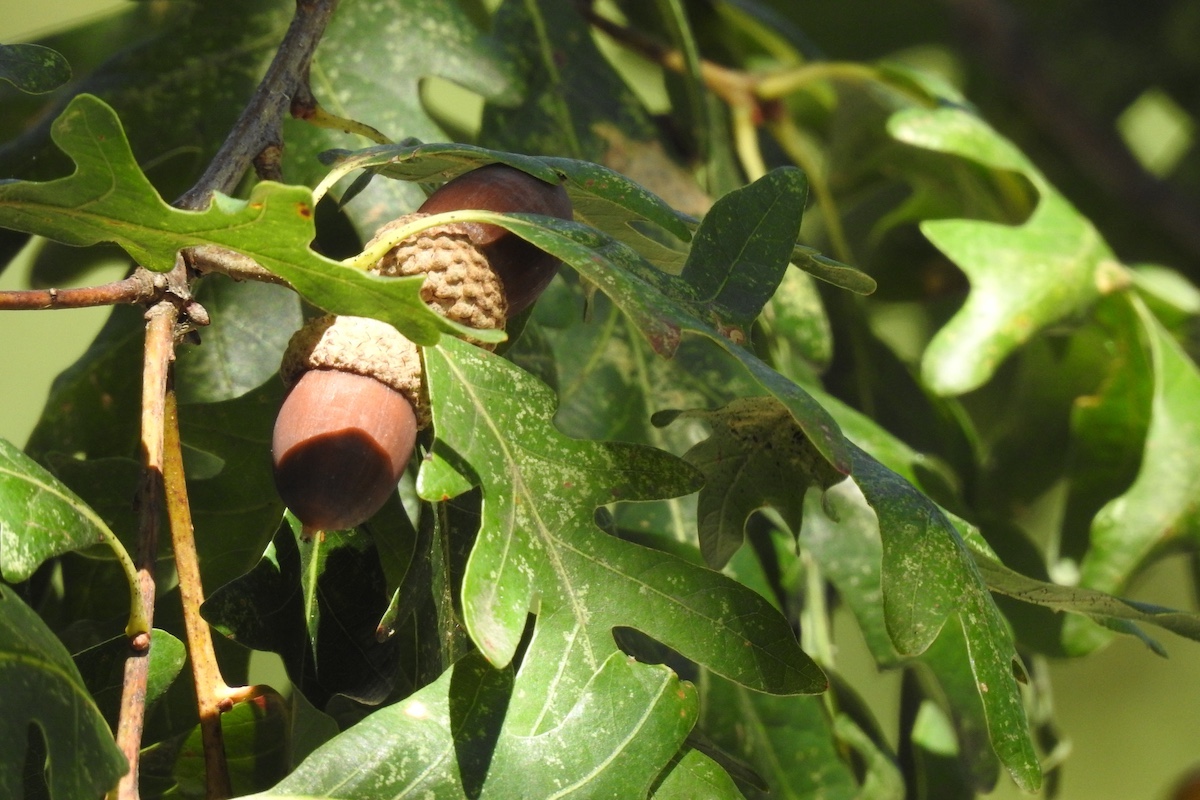





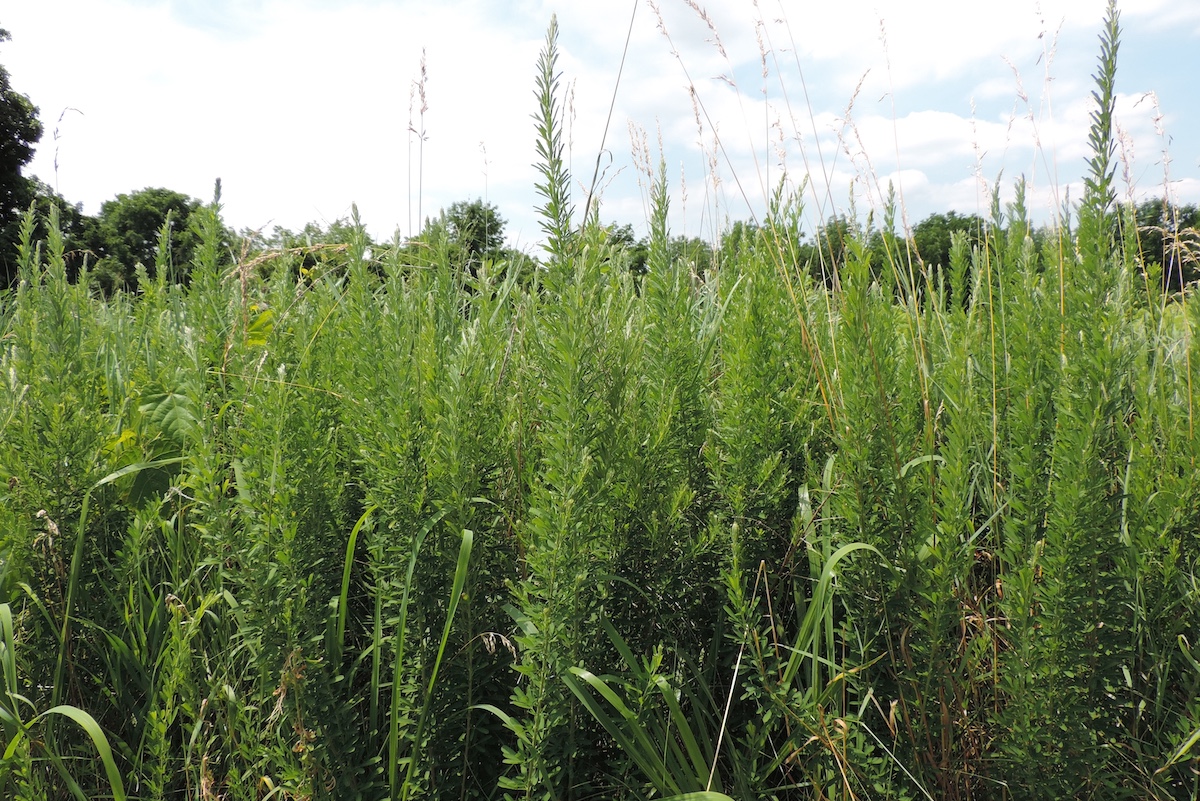

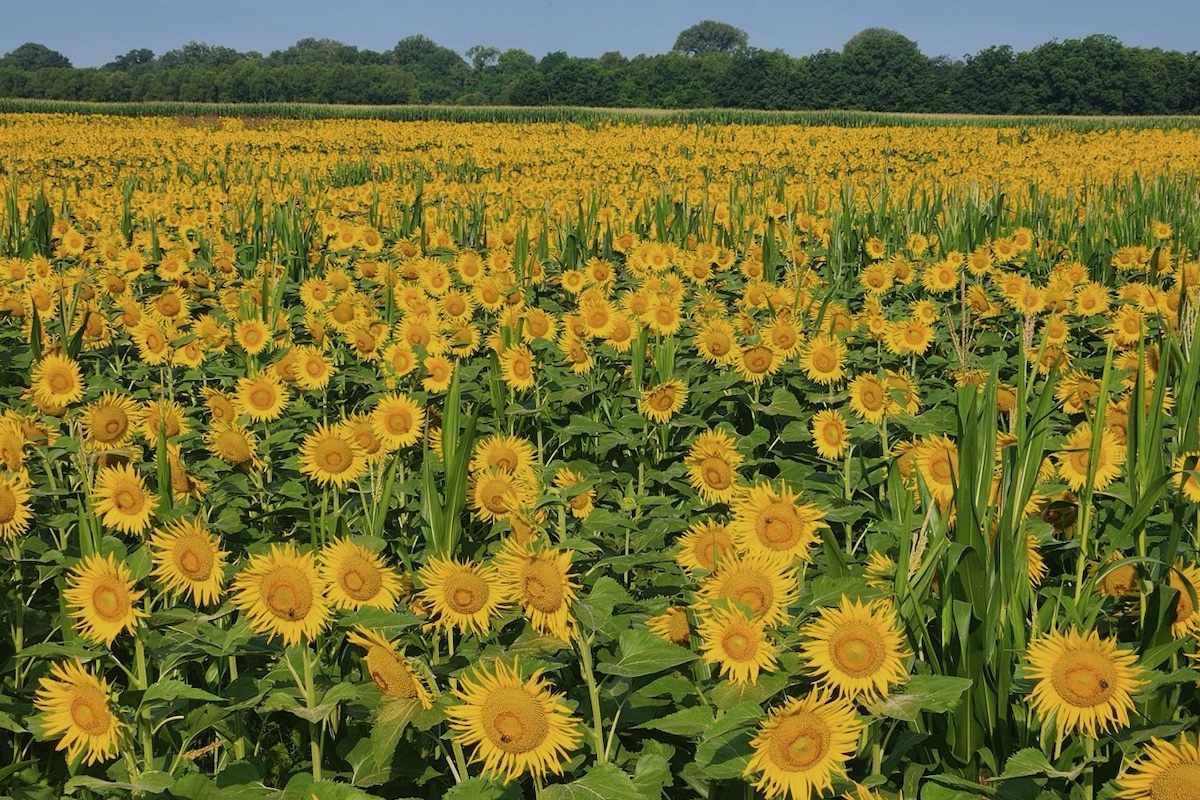
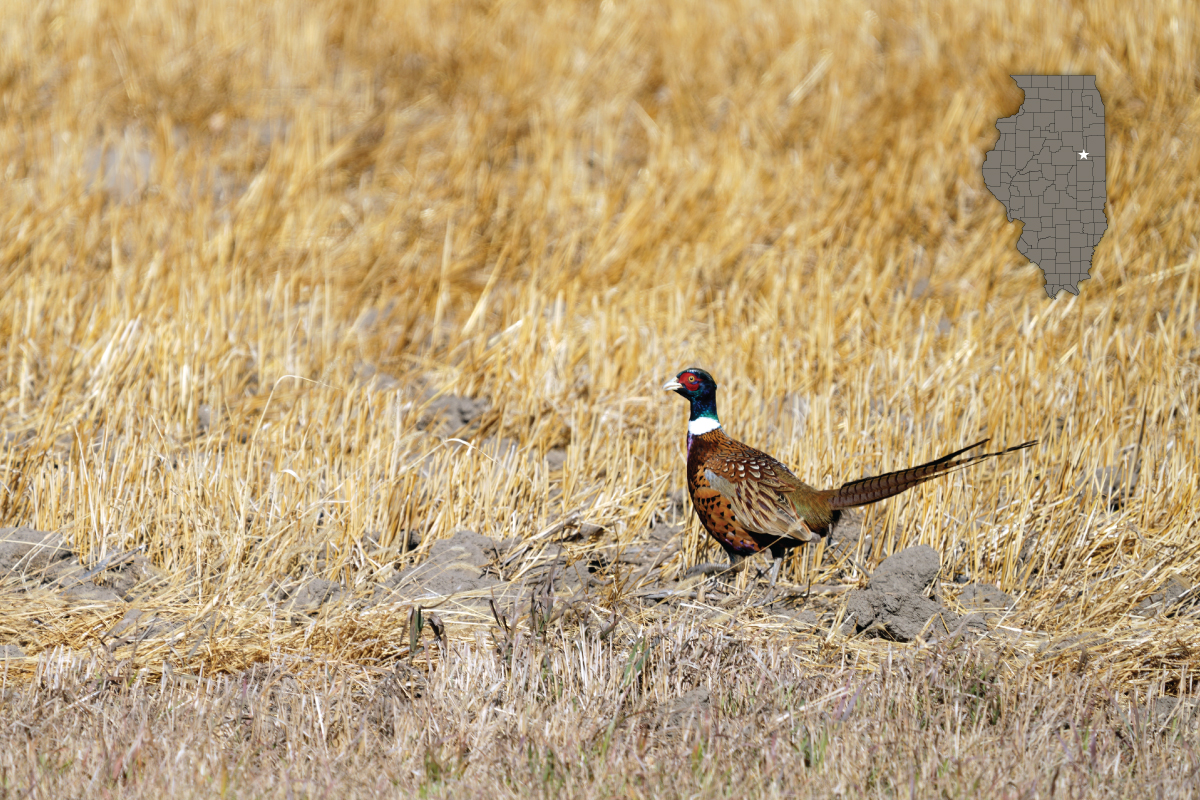
Submit a question for the author
Question: I have an abandoned building behind my home where there are several raccoons. I recently had one chase my child. What can I do to have them relocated safely and legally. Any information would be greatly appreciated.